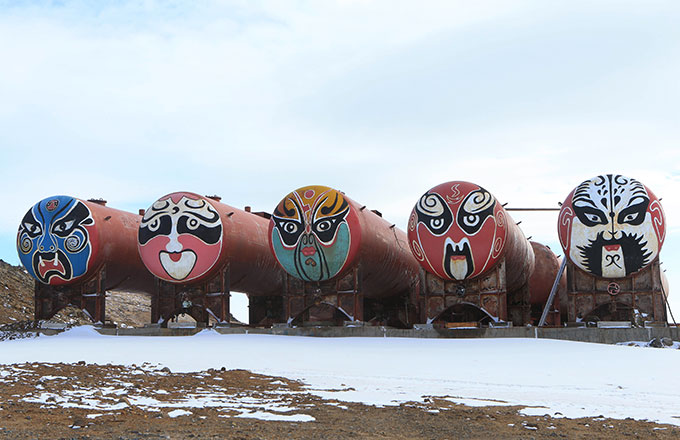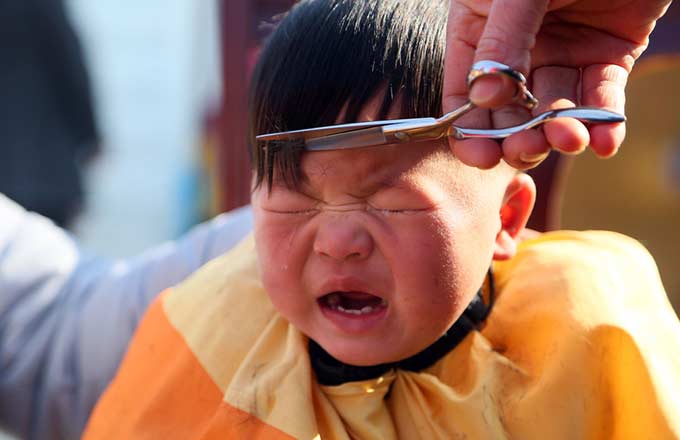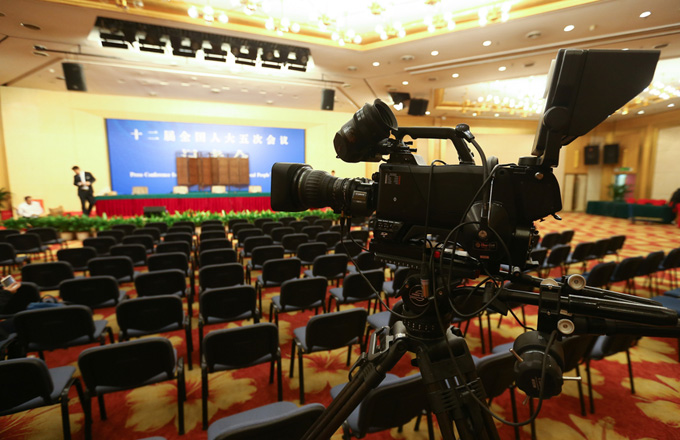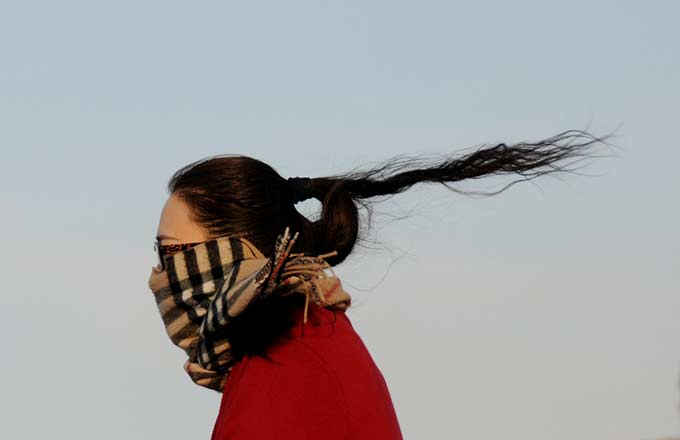Across China: The restoration of an ancient Beijing alley
BEIJING -- Xiao Yuchen, 25, an illustrator from Taiwan, is pleasantly surprised to find that Dashilan, a popular Beijing tourist area, has undergone changes.
Not having the typical crowded tourists, souvenir stores and brightly decorated buildings, the capital's winding back area has been renovated in a traditional Beijing hutong style.
The quiet hutong is paved with grey bricks, with art studios scattered around old courtyards. Due to its unique atmosphere, Xiao chose Yangmeizhuxie street in Dashilan to set up her design studio.
"Unlike other traditional hutongs, there are no tourist crowds or bustling commercial activity. Art design studios neighbor old Siheyuan courtyards, which makes it comfortable working and living here," Xiao says.
Actually, the less than 500-meter long Yangmeizhuxie street has just been updated as part of an an old city renovation plan.
More than 710 of 1,711 local families moved out of the street, making space for cultural innovation companies, according to the plan.
The new firms must be culture and art related, and their studio style must fit with the surrounding architecture.
"Dashilan is improving its cultural innovation environment to attract more art resources to help revitalize local art," says Jia Rong, director of the update plan.
Many local residents who were born here or lived here for decades chose to stay in Dashilan when the plan started.
Wang Xiuren, 72, was born on the Yangmeizhuxie street, and her ancestors have lived here for 400 years. Her family had been running a drug store here for hundreds of years until it was purchased by a traditional Chinese medicine company.
On retiring, Wang opened a shop here selling medical magazines and books in 2004.
"The business was not so good, but I am not willing to leave this hutong," Wang says.
After the update started, Wang redesigned her two-storey shop.
On the ground floor, she opened a cafe providing food to nearby residents. On the second floor, she built a family museum displaying items related to the drug store such as the old store plaque and well-preserved medicine production tools.
"We can be creative while preserving our cultural tradition," Wang says.
The plan is part of Beijing's moves to clear the capital of non-essential businesses to upgrade through cultural innovation.
The central government has ordered Beijing and neighboring Hebei Province and Tianjin Municipality to pursue coordinated development.
According to a guideline released in April 2015, the key functions of politics, culture, international communication and technical innovation will be prioritized while other sectors will be moved out.

























